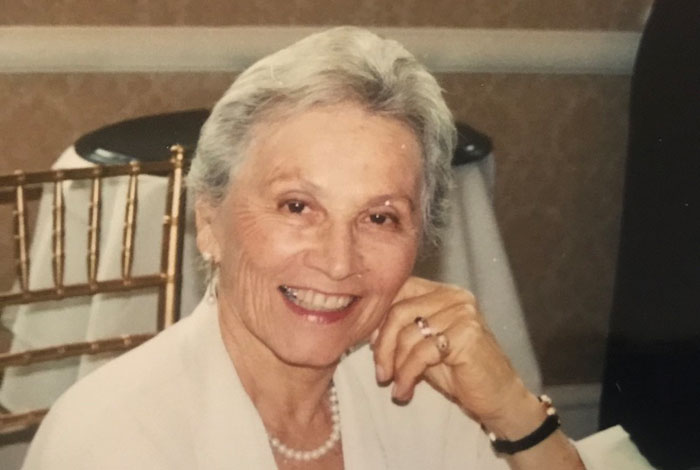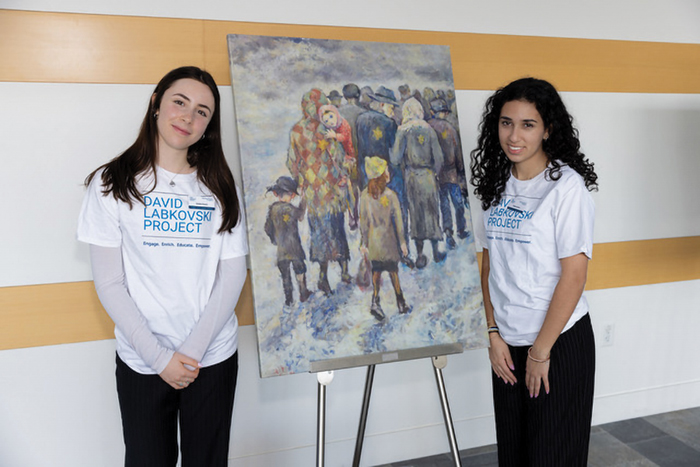In the 1948 film "Gentleman’s Agreement," Phil Green, changing his last name to Greenberg, passes as a Jew in order to write a searing exposé of anti-Semitism. Over the course of the film, a strange thing starts happening: By merely passing as a Jew, Green starts identifying as one. He forgets the line between fact and fiction, between the act and the reality; he begins to believe his own charade.
We might wonder: What if Green spent years, instead of weeks, masquerading as a Jew? What if he spent a good portion of his life persuading others that not only was he Jewish, but he had survived one of the most tragic chapters of Jewish history? The quandary is rich with implications; it asks us to grapple with the power of suggestion and the elusiveness of memory. Is it possible, after all, to construct a series of memories and then believe them, to convince ourselves that we are what we think we are?
Such queries are not as hypothetical as one might imagine. In 1997, Binjamin Wilkomirski (aka Bruno Doeseker) arrived in New York to read from his prizewinning book "Fragments: Memories of a Wartime Childhood" and to raise money for the Holocaust Memorial Museum in Washington, D.C. "Fragments," lauded by everyone from college professors to BBC critics to Rosie O’Donnell, vividly recounted Wilkomirski’s past as a child survivor of the Holocaust.
One year later, Wilkomirski was accused of being a Swiss-born gentile impostor. When German novelist Daniel Ganzfried put forth documentary evidence that "Fragments" was a work of fiction, the public was left in various states of belief and disbelief. Some denounced Wilkomirski as a crafty fraud. Others refused to abdicate their faith in either the writer or his tragic tale.
Still others, including Blake Eskin, felt personally affected by the news. After discovering that the author of "Fragments" shared his maternal family’s surname, Eskin’s family had embraced Wilkomirski as a long-lost relative from the town of Riga, in Latvia. Though never quite sure where this stranger fit into the family tree, Eskin’s mother, and Binjamin himself, remained confident that "all the Wilkomirskis are somehow connected." The source of this confidence? "There’s a feeling," Binjamin would say.
It’s a feeling that Eskin recounts in "A Life in Pieces: The Making and Unmaking of Binjamin Wilkomirski," published early this year. Well- researched and meticulously detailed — sometimes a bit too detailed — this is a book that tells a rich, emotional story in the least emotional of tones. Part memoir, part family history, part mystery and part expose, "A Life in Pieces" establishes, ironically enough, what the facts of Binjamin’s life never could: a link between the faux-Holocaust survivor’s past and Eskin’s own.
"If he really was my cousin," Eskin writes, "I would have a personal connection to my family’s European past." But even though Binjamin turns out not to be his cousin (or even, evidence suggests, a survivor), what Eskin gains, in the end — on journeys between New York, Washington, D.C., Latvia and Israel — is exactly this personal connection to his Eastern European Jewish roots. What, after all, is the shtetl to American Jews? A mythical memory of sorts, a piece of history over which they are told to feel ownership — even when America is more theirs than is Eastern Europe. In visiting this "vanished world," in confronting the ghosts of his family’s past, Eskin, a secular Jew, is, in a visceral sense, able to trace the line between his family’s past and his own present. He comes to possess his past in a way that few of us, looking at withered photos of the "Old World," ever do.
Such is the memoir within "A Life in Pieces"; the mystery of Binjamin himself is its drama. Personal narratives by survivors are sacred because they do what facts and figures cannot: turn the abstract idea of "6 million" into living, breathing souls.
"Fragments" was not the first such survivor narrative to be discredited; Eskin writes of several others that were eventually proved more fiction that fact. But the case of Binjamin hit a nerve, partly because more than just a narrative, Binjamin — accused of faking the kink in his (professionally curled) hair and even the Yiddish lilt in his voice — constructed an entire faux identity.
It was an identity that many, including Eskin’s own mother and numerous child survivors, were loath to relinquish. What does it mean, Eskin implies, to believe Binjamin, and what does it mean to disbelieve him?
Believing Binjamin means attributing the inconsistencies and hazy facts of his story to the messiness of memory. It means subscribing to an ultra-postmodern view of history: Even if Wilkomirski’s story does not hold water, it may be no more false than many historical accounts. Since we cannot know about the past for sure, this view proposes, fiction is as true as history — or, in a more cynical sense, history is as false as fiction. "The reader was always free to conceive of my book either as literature or as a personal document," Binjamin declared. Professors of Holocaust studies heeded his words and continued teaching "Fragments," in essence asserting that the line between literature and history is not easy to discern.
Believing Binjamin means believing what Freud, on abandoning the seduction theory, did not: that memories "recovered" with the help of a psychiatrist — as Binjamin’s were — are always valid. It means discounting the work of doctors like Elizabeth Loftus, who successfully planted false childhood memories, of joy and pain, in her experiment subjects.
Disbelieving Binjamin, however, means so much more than believing him. It means envisioning memory as an active muscle, capable of fabricating its own past. Binjamin, it seems, used the Holocaust as a metaphor for the traumas of his life: The bogus characters in his memoir may correspond, Eskin tells us, to actual figures from his past. Whether Binjamin’s identification with the Holocaust was conscious or unconscious we’ll never know, but in many ways Binjamin simply took to extremes the kind of Holocaust empathy that our culture promotes.
Enter the Holocaust Museum in Washington and you’ll receive your passport, an identity that you adopt for the course of your visit. Attend a bat mitzvah and you’ll discover "twinning," by which the celebrant shares her day with a particular Holocaust victim. America, at least, often asks us to feel like survivors.
Disbelieving Binjamin, too, means affirming truth as a virtue and rejecting the notion that the Holocaust, and history more generally, are unknowable. It means recognizing that faux survivor memoirs — works of "faction," which blend fact and fiction — are the Holocaust denier’s ideal target. It means validating the pain of actual survivors, especially child survivors whose memories, though fragmentary, have truth on their side.
"After years of investigating and pondering the author of ‘Fragments,’ I know little about him," Eskin concludes in "A Life in Pieces." Reading his book, we crave a neat solution to the mystery of Binjamin; we are desperate for a glimpse of the true essence of this man. Eskin denies us it. In the end, his work is testament to the bottomless pit that we call "identity"; it reminds us that knowing another is like truly knowing the past: Both have immense complexities — and immense rewards.





















 More news and opinions than at a Shabbat dinner, right in your inbox.
More news and opinions than at a Shabbat dinner, right in your inbox.